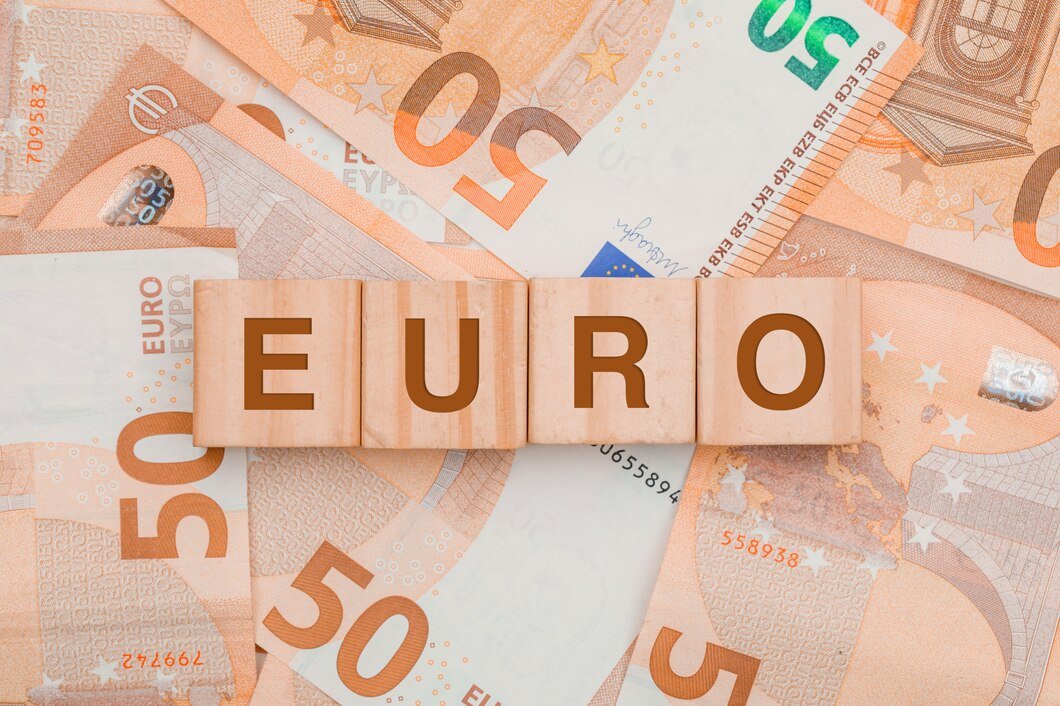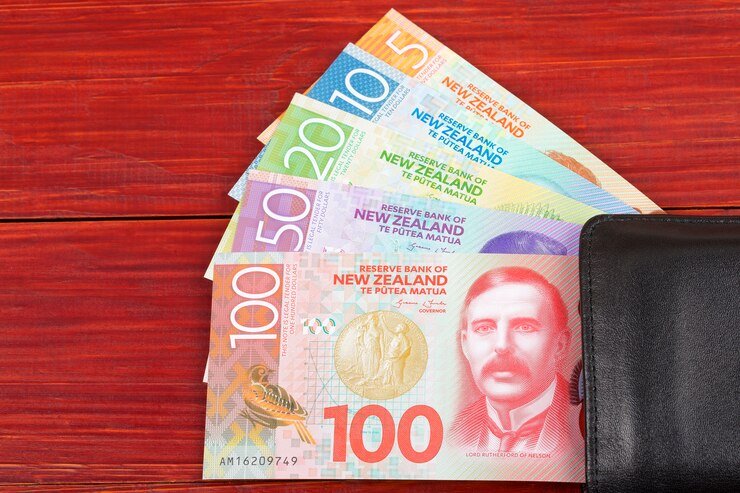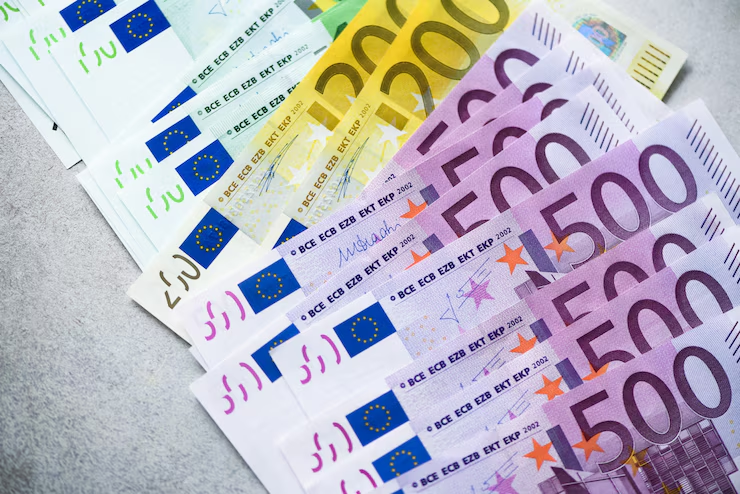Australian Dollar Strengths on US-China Trade Tensions and Critical Economic Data on the Horizon
Australian Dollar (AUD) has gained strength against the US Dollar (USD) after a bounce back in Australia’s Westpac Consumer Confidence Index, which climbed 2.2% in May after plummeting the month before. This follows as the US Dollar comes under pressure prior to the announcement of the US Consumer Price Index (CPI) for April. Market sentiment for a less hawkish approach by the Federal Reserve, along with the easing of trade tensions between the US and China, has resulted in the AUD/USD pair’s recovery. But even as the pair experienced such positive momentum, technical indicators lean towards a bearish forecast for the pair, with important support levels looming ahead, reflecting the continued uncertainty in global trade flows and domestic policy. KEY LOOKOUTS • The advance US Consumer Price Index (CPI) for April will play a significant role in determining market sentiment regarding upcoming Federal Reserve policy. Economists expect an inflation rebound, and it may have an impact on the US Dollar, thereby influencing the AUD/USD exchange rate. • The continuing trade negotiations between China and the US continue to be a key driver. While there has been a tentative deal to lower tariffs, any developments in these negotiations or comments by US officials could affect global market mood and the AUD. • With prospects for the RBA to lower rates in the near future, market players need to carefully observe any shift in RBA communication or announcements, especially at its next policy meeting, which could make a difference to the strength of the AUD. • Continuous indicators from large economies, such as China’s deteriorating CPI and PPI levels, and Australia’s Ai Group Industry Index, will give the world economic landscape and influence trade-sensitive currency sentiment such as that of the AUD. With the Australian Dollar strengthening against the US Dollar, market sentiment is influenced by a number of key determinants. The upcoming US Consumer Price Index (CPI) report for April will be pivotal, with inflation expectations potentially influencing Federal Reserve policy decisions and the USD’s direction. Trade talks between the US and China, particularly the reduction of tariffs, are another major focus, as any changes in this relationship could significantly impact global market dynamics and the AUD. Also adding to the volatility in the AUD/USD exchange rate is the expectation of a cut in interest rates by the Reserve Bank of Australia (RBA) in the coming short term. With worldwide economic data, such as the slowing down of China’s CPI and PPI figures, also fuelling the uncertainty, market observers need to remain on their toes for any news that will trigger further Aussie dollar volatility. Australian Dollar has strengthened versus the US Dollar, backed by encouraging news out of Australia and a de-escalation of US-China tensions. Key observations to keep in mind include the forthcoming US CPI report, whether Federal Reserve policy will shift, and Reserve Bank of Australia interest rate moves, all of which may have a bearing on the direction of AUD. • The AUD has appreciated against the US Dollar on the back of strong Australian economic data and increasing consumer confidence. • The US Consumer Price Index (CPI) for April is due out soon and has the potential to influence significantly market expectations around the Federal Reserve’s next steps regarding interest rates. • An initial US-China trade agreement that lowers tariffs would lower global trade tensions and could impact market sentiment. • As inflation and unemployment worries persist, the Federal Reserve policy direction will continue to be a dominant force in determining the strength of the US Dollar. • Expectations are building for the RBA to lower interest rates in its next meeting, which would drag on the AUD. • Chinese data, a third month of CPI fall in a row, indicates continued economic weakness that can affect the wider market. • The AUD/USD currency pair is probing significant technical levels, with support at the 50-day EMA and resistance at the nine-day EMA, indicating possible price volatility. Australian Dollar (AUD) has remained strong against the US Dollar (USD) on the back of a positive change in consumer sentiment in Australia, as indicated by the rebound in the Westpac Consumer Confidence Index. This is at a time when relaxing trade tensions between the US and China have also given a boost to confidence in global markets. The initial trade agreement, which features tariff reduction, portends stability in trade between the two global economic powerhouses, a development important to Australia as much as it would be to the United States, given its robust bilateral economic relations with China. AUD/USD DAILY PRICE CHART CHART SOURCE: TradingView In the near term, market participants are looking to the next US Consumer Price Index (CPI) report for April, which may bring more clarity to inflation trends and have implications for future Federal Reserve policy. Furthermore, hopes for the Reserve Bank of Australia to cut interest rates in the near term are creating a degree of uncertainty around the Australian Dollar’s outlook. As more economic data from across the globe pours in, led by China, these events will be instrumental in determining market mood and guiding the movements of the AUD. TECHNICAL ANALYSIS AUD/USD currency pair has been experiencing some resistance at around the 0.6400 level, with it trading just above the nine-day Exponential Moving Average (EMA). Despite the recent rally, the pair is still trading below this near-term moving average, which means that the trend is bearish. The 14-day Relative Strength Index (RSI) has also fallen below the neutral 50 level, adding to the bearish sentiment. The key support is at the 50-day EMA level of 0.6344, and a fall below this level may indicate further downside potential. But if the pair can break above the 0.6400 resistance level, it may test the six-month high of 0.6515, indicating a possible change in momentum. FORECAST Australian Dollar (AUD) continues to be supported by upbeat economic data and the de-escalation of global trade tensions, the AUD/USD currency pair may extend its gains. A breakout












